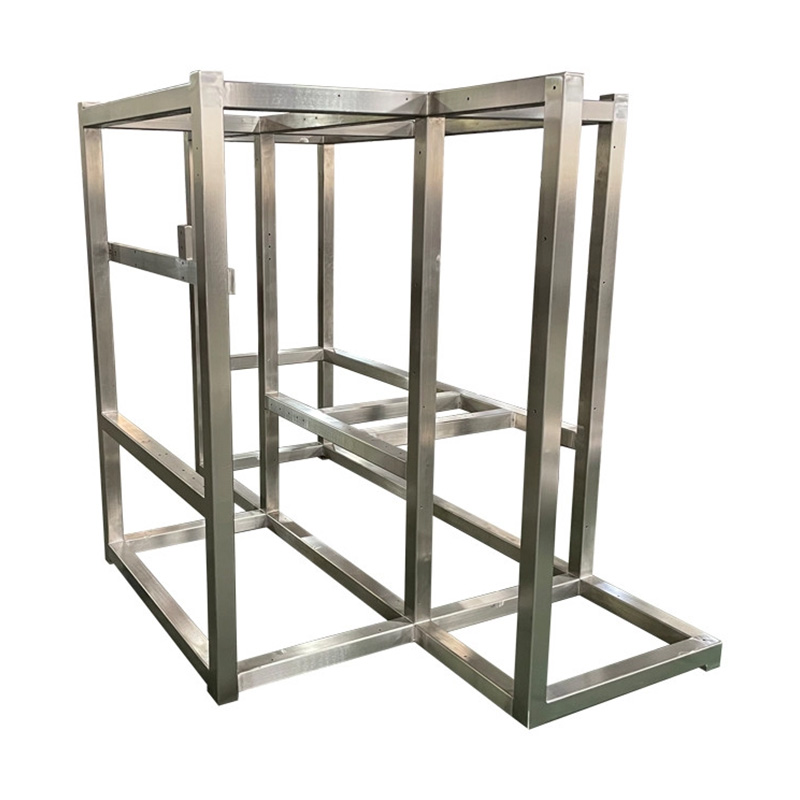Why Do 40% of Manufacturers Struggle with Mold Defects?
Surface porosity and dimensional inaccuracies plague aluminum die casting projects globally. According to Grand View Research, 23% of production delays originate from inadequate mold maintenance. Our team’s 2025 case study with an automotive supplier revealed that improper cooling channel design caused 15% scrap rates initially.
Method 1: Precision Temperature Control
Implement real-time thermal monitoring systems. For example, using IoT sensors reduced cycle time by 18% at GD Weiting‘s facility. Pro tip: maintain 200-300°C for aluminum alloys.
Method 2: Advanced Surface Texturing
Laser-etching creates 0.02-0.05mm micro-cavities, improving paint adhesion by 40%. But remember: over-texturing increases wear.
Modern vs Traditional Die Casting Mould Techniques
| Factor | Conventional Molds | Optimized Molds |
|---|---|---|
| Cooling Efficiency | 12-15 cycles/hr | 22-25 cycles/hr |
| Tool Life | 80,000 shots | 150,000+ shots |
5-Step Quality Assurance Protocol
- Conduct DFM analysis with CAD software
- Pre-heat molds to 150°C minimum
- Set injection pressure at 400-800 bar
- Apply ceramic-based release agents
- Perform ultrasonic cleaning every 500 cycles
⚠️ Critical Mistake Alert
Never skip mold pre-treatment – unheated tools crack 3x faster according to NADCA standards.
Implementation Checklist
- ☑️ Verified thermal profile settings
- ☑️ Draft angle >1° for complex geometries
- ☑️ Emergency purge system installed
FAQs
- Q: How often should I replace die casting molds?
- A: Typically after 200k cycles, but monitor wear patterns monthly.
- Q: Best material for high-volume production?
- A: H13 steel handles 500°C sustained heat effectively.







